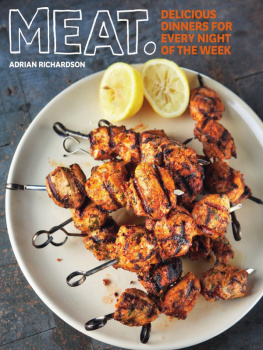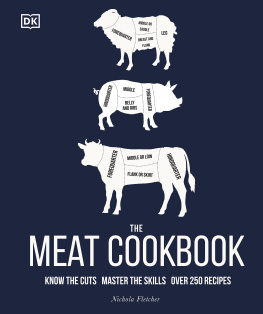

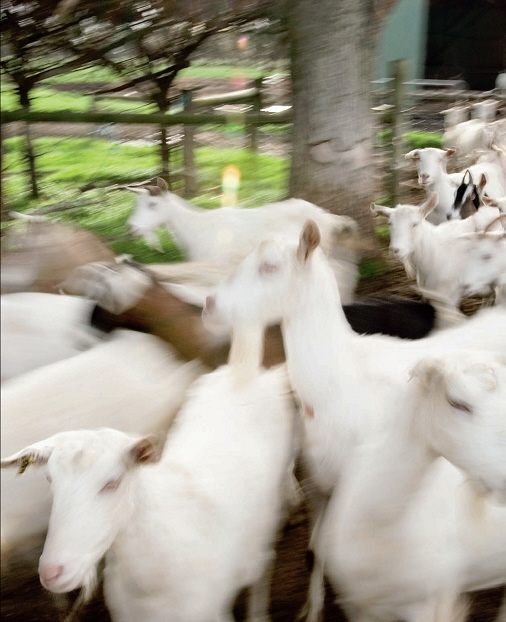

How to choose, cook and eat it
Adrian Richardson with Lucy Malouf

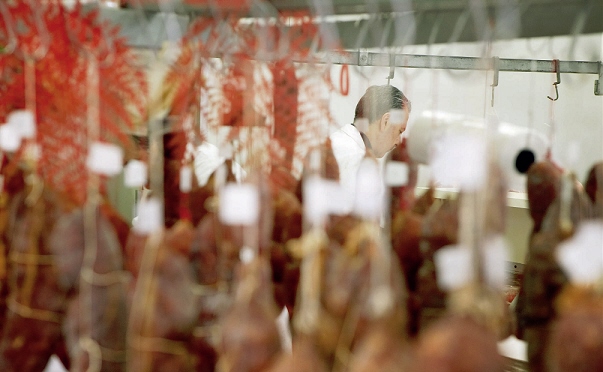
To Michelle, Rex, Rudi and Roman.
Published in 2008 by
Hardie Grant Books
85 High Street
Prahran, Victoria, 3181, Australia
www.hardiegrant.com.au
All rights reserved. No part of this publication may be reproduced,
stored in a retrieval system or transmitted in any form by any
means, electronic, mechanical, photocopying, recording or
otherwise, without the prior written permission of the publishers
and copyright holders.
The moral right of the author has been asserted.
Copyright text Adrian Richardson 2008
Copyright photography Dean Cambray 2008
Cataloguing-in-Publication data is available from the
National Library of Australia.
ISBN 978 1 74066 6381
Co-authored, edited by Lucy Malouf
Design by Dominic Hofstede, Hofstede Design
Styling by Caroline Velik
Photography by Dean Cambray
Printed and bound in China by C & C Offset Printing Co, LTD
10 9 8 7 6 5 4 3 2 1
The publisher would like to thank the following for their
generosity in supplying props for this book:
Bliink Interiors, Market Import, Minimax, and Safari Living.
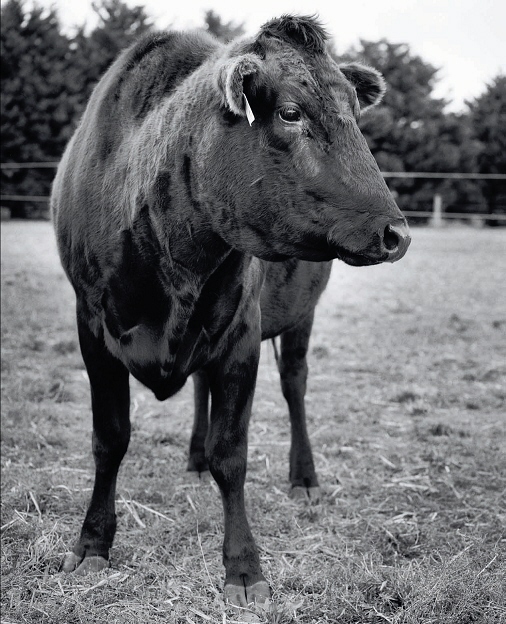

Introduction
For a man who was raised as a vegetarian in his early childhood, its interesting to see where Ive ended up! Its no secret that I have a passion for meat. I love to eat it in all its many forms, and I love to prepare and cook it. In fact my Melbourne restaurant, La Luna Bistro, has earned a fair whack of its reputation because of the quality of the meat we serve. But before you start thinking of me as some sort of carnivorous macho-man whos writing a manifesto for the Australian meat industry, you should know that I also love the animals that provide us with our meat. And this is one of the main reasons I wanted to write this book.
For most of us, the knowledge that a living, breathing animal has had to lose its life so that we can eat dinner is something we prefer not to think about. But for me, a love of the meat on my plate sparked a burning need to understand how it got there. During the twenty-odd years Ive spent working in restaurants, its probably true to say that Ive been just as interested in what goes on outside the kitchen, as inside it.
This interest has led me on a fascinating journey, and along the way Ive met the farmers who raise the animals, the slaughtermen who have the unenviable job of dispatching them and the butchers and small-goods manufacturers who process their meat for our enjoyment. Ive learnt that each of these stages makes a vital contribution to the quality of the end result.
As most of us know, there are blindingly obvious differences in the way meat looks, smells, feels and tastes, depending on where you buy it and how much you pay for it. The sad truth is that all meat is not equal because all animals are not treated equally well, and Ill tell you more about this in Chapter 1.
Ive also discovered that the more one thinks about and understands the way animals live and die to feed us, the more its natural to want to give them back some sort of dignity. For me, this is not just about ethical farming practices and ensuring that animals have happy lives, but its also about valuing the animal by using its meat to the fullest extent you can. Im a big fan of this nose-to-tail philosophy, which has been brilliantly expounded by legendary English chef, Fergus Henderson, among others.
It saddens me that here in the affluent West, we seem only to value or want to use the obvious easy-to-cook cuts of meat, such as steaks, chops and roasts. This is incredibly wasteful when you think that these expensive cuts make up such a small percentage of the overall carcass. I think it is essential to do away with this idea that there is some sort of hierarchy in meat: that price equates to taste and to how we value it. In my view the tougher, more challenging cuts of meat which, lets face it, make up the bulk of the beast can produce far more creative and rewarding meals than the top-dollar cuts: its all in the way you cook them. So in Chapter 2 Ill explain a little bit more about the differences between tender and tough cuts, and the best ways to cook them, and Ill give you some tips about the equipment youll need in your kitchen to make the job easier.
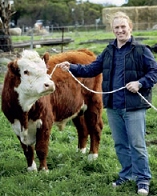
Then follow chapters that will give you more specific information and delicious recipes for each animal beef, veal, lamb, pork, game and poultry. There is a chapter about offal, a chapter about making meat go further by processing or preserving it (which includes some of my favourite charcuterie and sausage recipes) and an entire chapter devoted to pies. And because man (and woman) really cant live on meat alone, there are three final chapters about the other things youll want to complete your meal, such as side dishes, sauces and condiments.
In the course of writing this book Ive cooked and tasted several hundred recipes, and Ive selected my favourites to share with you here. Youll find all the classic meat dishes, as well as some old family recipes and some La Luna Bistro specialties. I hope that I can inspire you to try them and that youll love them as much as I do.
So, in a nutshell, this book is a celebration of every aspect of meat, from the living animal to the recipe you cook for dinner. Its not about trying to persuade you to eat more meat, but I do want to try to convince you to eat better meat. And along the way, I also hope to persuade you to expand your meat repertoire to embrace the tougher, more challenging cuts as well as the tender familiar favourites. Its definitely going to mean a shift in focus from quantity to quality but in the end, dont we owe it to our animals, as well as ourselves, to try to get the absolute most out of our meat?
Adrian Richardson
November 2008

GETTING TO
KNOW MEAT
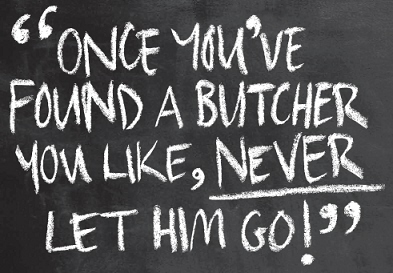

Getting to
know meat
In wealthy western countries we take meat for granted. Most of us eat it every day because it tastes great and because we know that it is a good and easy source of nutrients. While some of us might have the odd twinge of conscience about eating warm-blooded animals that once frolicked in the fields, the reality is that we humans seem to be hard-wired to eat and enjoy meat.
Next page
